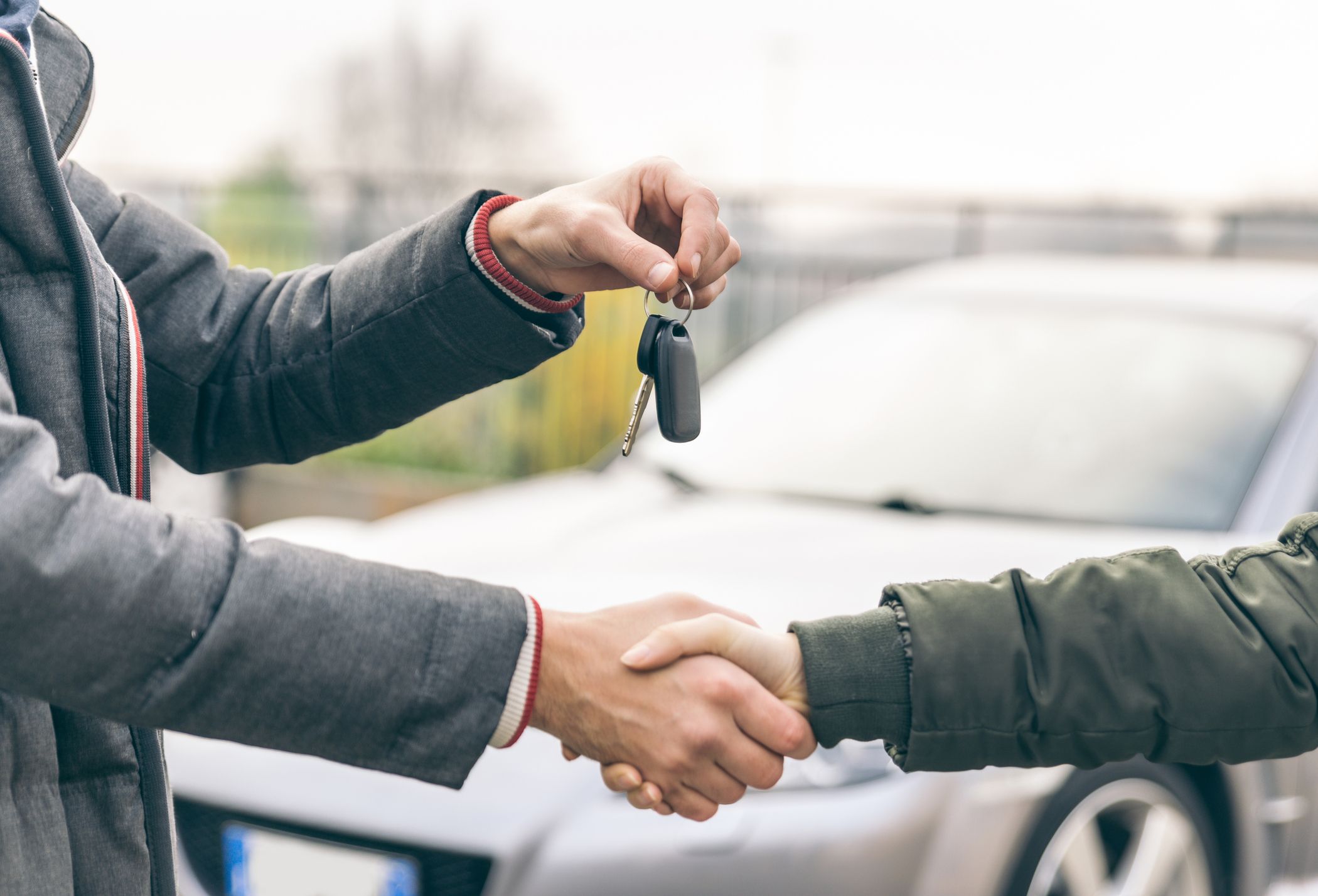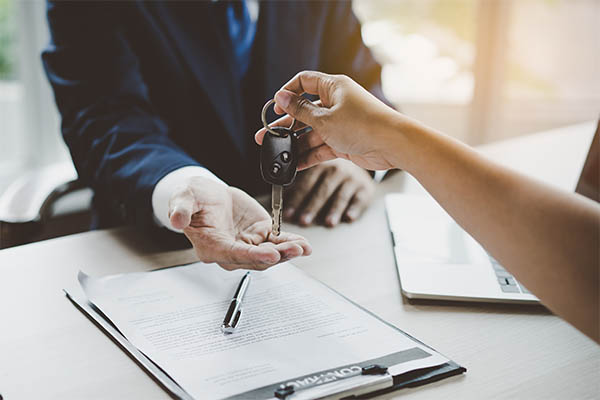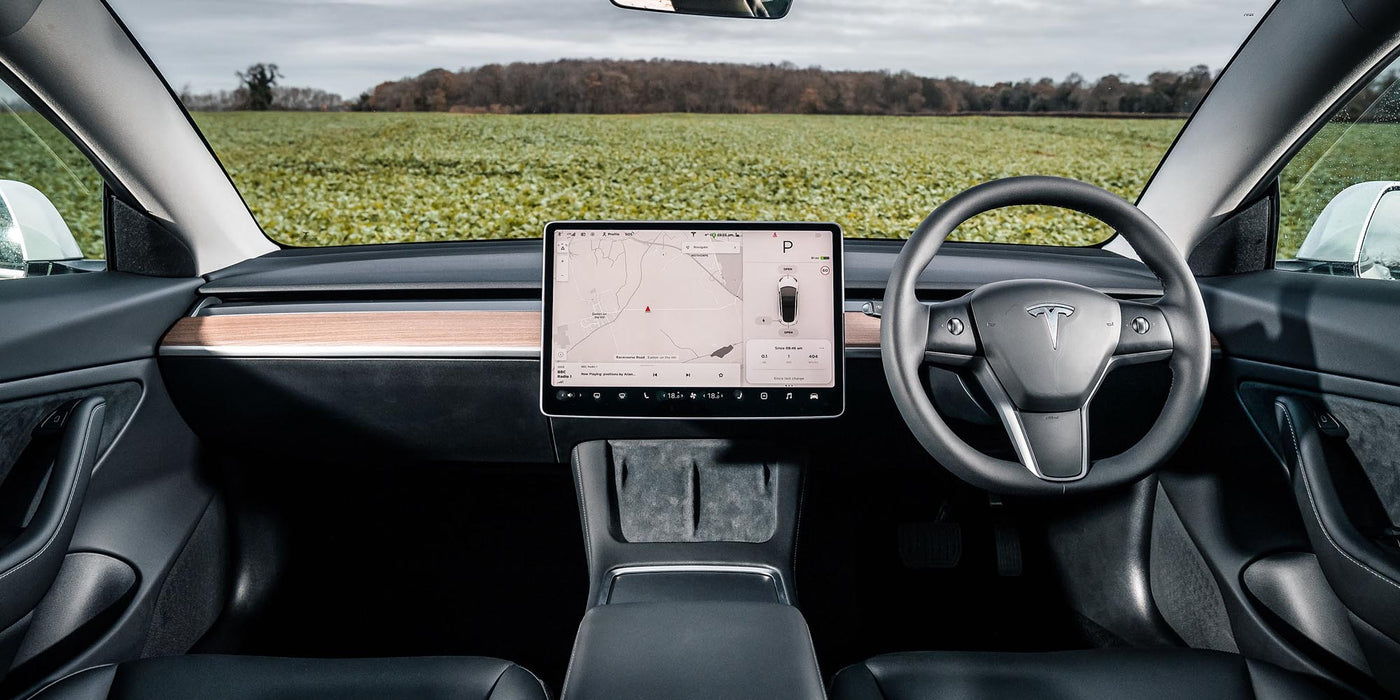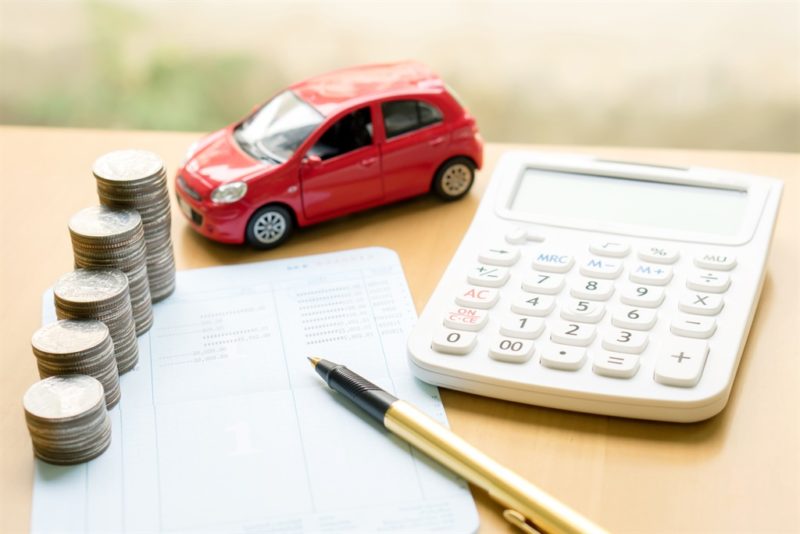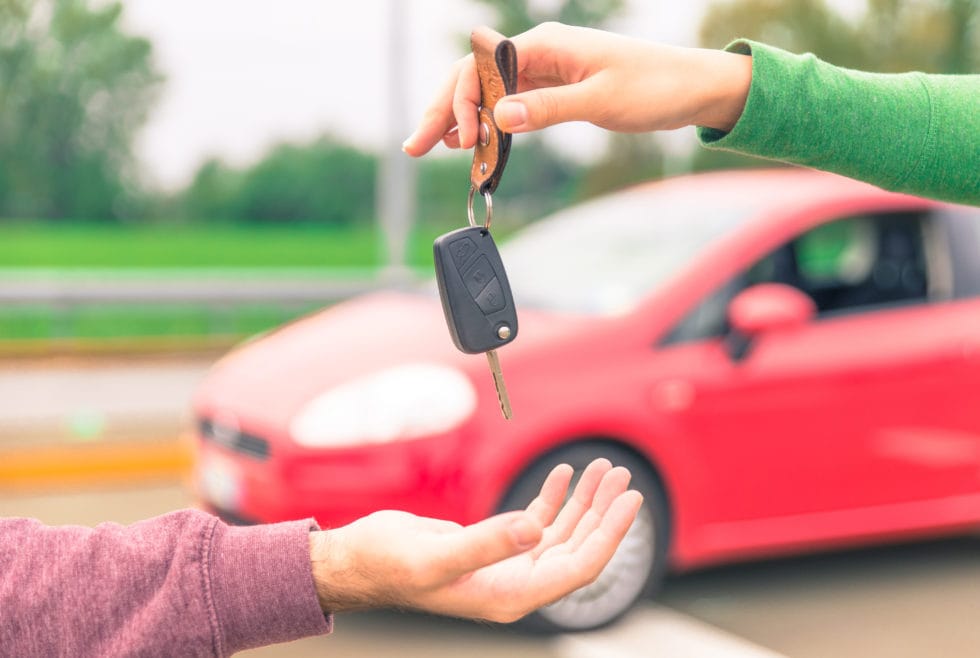Riders bring their horses onto the roads for a range of reasons, usually with no problem. However, incidents do occur, often resulting from a lack of understanding between drivers and riders. According to the British Horse Society, an estimated 3,000 accidents involving horses occur on the roads each year, the vast majority of which could easily have been avoided. By considering the needs of horse riders and following some basic tips, basic tips, you can help to avoid accidents involving horses.

Adjusting your driving when sharing the roads with horse riders
When you see a horse rider on the roads, slow down and give them plenty of room. Refrain from sounding your horn or revving your engine as you may scare the horse.
When passing a horse rider, give them as much room as possible and slow down to a speed at which you could stop quickly if required. Avoid accelerating as you pass them or immediately after as you may cause the horse to panic. Horses are easily spooked by noise and may flee in response to hearing or seeing a fast-moving vehicle.
If you are unable to pass a horse rider right away, be patient. Stay at least one and a half car lengths away from them until it is safe for you to pass them.
Recognising horse rider hand signalling
Hand signals are an important part of road safety; they can tell you about a horse rider’s intentions or tell you to take an action that may help avoid an incident on the roads. Hand signals to look out for when driving in the vicinity of a horse rider include:
Turning right
When turning right, a horse rider will hold the reins in their left hand and hold their right arm out straight. It is important to realise that unlike a motorcyclist or cyclist who will pull across to the centre of the road in advance of turning right, a horse rider intending to turn right will stay on the left until they reach the turn. A horse rider will not position themselves between lines of traffic as they would have no escape route in the event of their horse panicking.
Turning left
When turning left, a horse rider will hold the reins in their right hand and hold their left arm out straight.
Asking you to stop
When requesting you to stop driving, a horse rider will hold the reins in their left hand and hold their right arm behind them with their fingers and palm facing you. To avoid liability in the event of an accident, a rider will not usually wave you on after they have asked you to stop.
Asking you to slow down
When requesting you to slow down, a horse rider will hold the reins in their left hand and hold their right arm out with their palm facing downwards and move their arm slowly up and down. To avoid liability in the event of an accident, a rider will not usually wave you on after they have asked you to slow down.
Look out for a horse rider’s signals and always abide by a request to slow down or stop. A request to slow down or stop may come out of the blue, but a horse rider will realise that something is happening with their horse before you do.
Watching out for horse riders on roundabouts
When on a roundabout, a horse rider will usually signal right when they approach an exit they do not intend to use. They will keep to the left within a roundabout until they reach the exit they want to use, then they will signal left to inform you of their intention to use said exit.
Understanding two abreast
A young rider or a rider of a young and/or inexperienced horse may ride on the inside of a more experienced rider and horse. This is called riding two abreast. It is perfectly legal for two horse riders to ride together in this way. However, you should expect them to return to single file on busy and/or narrow roads and on bends.
Showing mutual courtesy
Mutual courtesy is important as it prevents intolerance and improves safety. However, it is important to realise that it is not always possible for a horse rider to take a hand off the reins to thank you for driving considerately.
A horse’s behaviour can be unpredictable, despite the best efforts of the most experienced rider. The best thing you can do as a driver is to be aware of the possible danger of driving around a horse rider, and to reduce them by driving with care and consideration. If you do not drive carefully, you could be charged with careless or dangerous driving.




